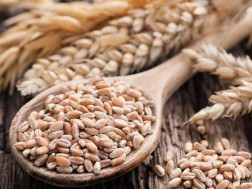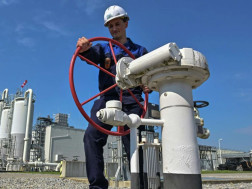Between 2021 and 2022 there was a substantial increase in energy imports in the EU in terms of the average monthly value (+121%) and quantity (+9%). However, the first quarter of 2023 registered a decrease in both indicators. Compared with the first quarter of 2022, there was a 9.2% decrease in value and a 3.0% decrease in quantity, reads the latest report of Eurostat, the statistical office of the European Union.
Following Russia's invasion of Ukraine, the EU implemented several packages of sanctions, which directly and indirectly affected the trade of oils and natural gas and are now visible in a major diversion of suppliers of energy products. Russia's share in the extra-EU imports of coal, natural gas and petroleum oils has thus been decreasing continuously since the second quarter of 2022.
In terms of petroleum oil, the EU ban on seaborne imports of Russian crude oil entered into force on 5 December 2022, followed by the embargo on refined oil products as of 5 February 2023. The impact of these measures was visible in the first quarter of 2023. If in the first quarter of 2022, Russia was the largest provider of petroleum oils with a share of 26.0%, in the first quarter of 2023, the share of Russia was only equal to 3.2%, a decrease of 22.8 percentage points (pp), compared with the first quarter of 2022.
In contrast, Norway (+3.8 pp), Saudi Arabia (+3.4 pp) and the United States (+2.7 pp) saw their shares increase the most in the same period.
The situation was similar for natural gas in gaseous state, with EU countries turning to other sources of supply. In the first quarter of 2022, Russia was the largest supplier to the EU with a share of 38.8%, followed by Norway (38.1%), but in the first quarter of 2023, Russia's share dropped by 21.4 pp, while the shares of Norway (+8.0 pp), Algeria (+7.4 pp) and the United Kingdom (+4.0 pp) increased.
As for liquefied natural gas, Russia (18.1%) was the EU's second-largest supplier, behind the United States (48.6%), in the first quarter of 2022. Fast-forward to the first quarter of 2023, the share of Russia dropped by 4.9 pp. At the same time, the shares of Norway (+6.5 pp), Qatar, and Algeria (both +2.4 pp) all increased while the share of the United States dropped by 8.4 pp.
















